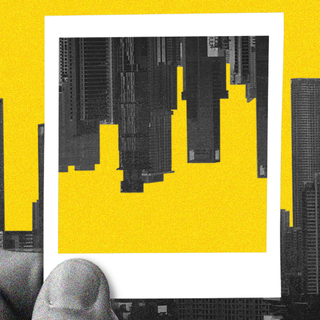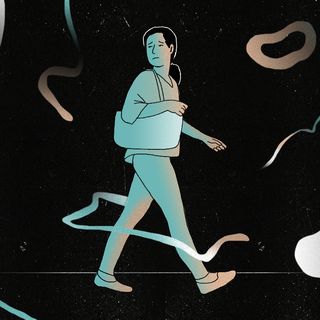A burgeoning “acne positivity” movement is underway, and it aims to fight the stigma associated with the skin condition characterized by visible lesions. Sometimes the lesions can take the form of blackheads, whiteheads, or pustules; other times, they can be much thicker, deeper, and serious. This latter type is cystic acne, and it is severe and relatively more difficult — but by no means impossible — to treat.
People with cystic acne experience not just stigma and peer pressure bolstered by an aggressive beauty-industrial-complex, but also a lot of pain. It first appears during someone’s teen years and early 20s, but there exist cases of adult cystic acne as well. Cystic acne is also different from nodules — it is pus-filled, as opposed to harder bumps on the skin that characterize nodules.
Typically, hormonal factors are the root cause. Either way, the lesions don’t subside on their own and require intervention. “It is important to see a dermatologist and not self–treat,” Dr. Gunjan Gurav, a Mumbai-based dermatologist, tells The Swaddle.
She notes how often, due to the free availability of information, people attempt to treat cystic acne themselves. But this is ill-advised on a few counts: “usually doctors get into the history: check whether there is a premenstrual flare, whether there are other conditions associated like PCOS or irregular [menstrual] cycles,” says Dr. Gunjan. “A few tests are [then] taken to determine underlying hormonal changes [if any]. Doctors will then explain cystic acne and start patients on a treatment regimen that will slowly but surely cure them.”
Related on The Swaddle:
With Little Guidance, Adult Acne Sufferers Turn to Treatments That Make Skin Worse
The usual forms of treatment range from oral medicines like antibiotics, hormonal tablets, isotretinoin, vitamin A derivatives, topical antibiotics, and keratolytics. But Dr. Gunjan explains how doctors will often be required to intervene with needle aspirations or steroid injections because of how medicines can sometimes be unable to reach the core of cystic acne. This is why a dermatologist is important: while many attempt to pop cysts on their own, this can be dangerous and lead to infections.
Although treatments exist and the condition is curable, they can be slow and require patience. In the meantime, Dr. Gunjan notes how it can be difficult to live with. “People around may make a person feel under-confident or unhappy. They may get picked on or teased about their skin,” she says — and this is especially damaging given that patients with cystic acne also tend to skew younger and are more susceptible to such teasing. However, acne is by no means a teens-only issue. A survey found an association between acne and depleted quality of life, as well as mental distress — and a lack of representation of acne in pop culture is one of the factors.
Moreover, “because cystic acne is a deep inflammation, it tends to leave behind scars — either pitted or deep scars which may require further treatment.”
The scars themselves are treatable with derma-rollers, micro-needling, radio-frequency, or lasers. This can prolong treatment — however, doctors stress that though it is slow, treatment does eventually lead to a cure in a few months to a years’ time on average. Sometimes, the scars heal on their own, too.
Still, cystic acne lesions can sometimes come back even after treatment, which is what makes its normalization important. “In this world of perceived perfection and social media filters, it is important for people to realise that no one is immune to skin disease — not even a dermatologist that is meant to be treating you!” Anjali Mahto, a London-based dermatologist, told Allure.
Pervasive beauty norms thus make cystic acne one of the most debilitating skin conditions to live with from a social perspective, but this is beginning to change. The acne positivity movement, “like other positivity movements, feels as much a protest of the lack of attention and informed control, as it is of societal judgment,” writes Liesl Goecker for The Swaddle. It is often the stigma itself that makes cystic acne difficult to deal with — and while it is treatable, more empathy and awareness are key.




